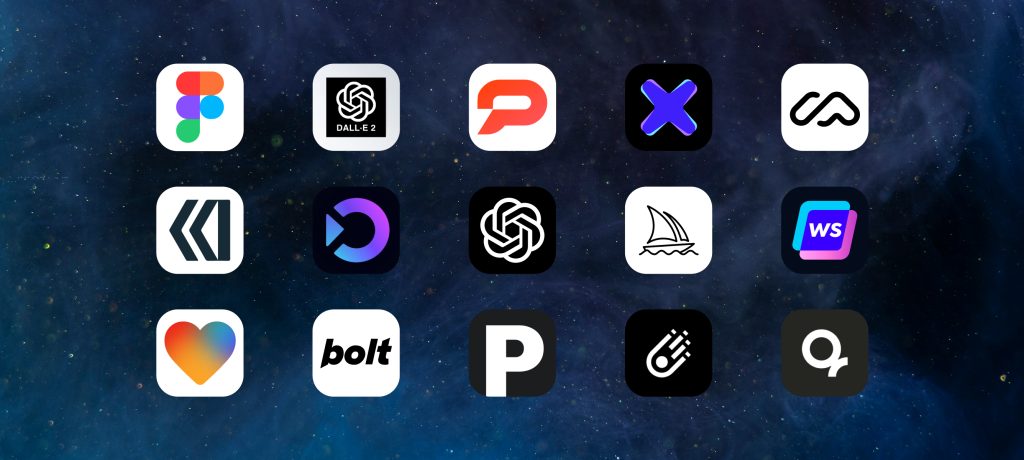Picture this: you’re out and about at a social function, you reach for your phone, but you can’t feel it in your pocket.
You hit the panic button.
This is how important mobile phones are in our lives.
Smartphones are the perfect add-on accessory for the modern-day millennials, baby-boomers, teenagers, and every age bracket in between.
It won’t be a stretch to say smartphones—and all the digital distractions that come with them—have become indispensable to our day-to-day lives.
Hello, The Social Dilemma!
However, we are not here to debate the impactful implications of mobile on our lives—we are here to demonstrate how you can adjust your SEO strategy to adapt to a mobile-first world.
Let’s zoom out, and explore how Google went all-in on mobile.
Mobile-first indexing
Just in case you didn’t get the memo, Google is now placing a higher priority on mobile.
Mobile-first indexing is Google’s way of using the mobile version of a webpage for indexing and ranking. It’s the first jumping-off point for Google to parse your website to include in their index—meaning if you have both mobile and desktop versions of your website, Google will crawl your mobile version first, then the desktop.
The absence of a website’s mobile version can potentially impact the site’s ranking—that’s not to say GoogleBots will not crawl a desktop-only website.
In other words, a mobile-friendly experience can have a positive influence on the ranking of your site’s desktop version, and the lack thereof can tank your website’s desktop-version rankings, even if it gets crawled.
Mobile usage in MENA
The number of smartphone users in MENA has spiked from 85 million in 2014 to a whopping 174 million in 2019, per Statista.
The GCC has the highest smartphone penetration rate in MENA, and the UAE being the country with the largest mobile broadband subscriptions in the region.
With users in the UAE spending almost six hours a day on their smartphone, are you going to let the opportunity of users finding your business on mobile search engines pass you by?
If the answer is an emphatic no, then read on for some tips and techniques to help you up your mobile SEO game in the Middle East and potentially your rankings.
Related Read: Ok, Google: How to Get my MENA Startup Ready for Voice Search
Responsive mobile design
Optimizing for a mobile-friendly user experience can take multiple routes. One such route, highly recommended by Google, is building a responsive design. Creating a mobile responsive design will help you build one URL to be accessed through multiple devices. Responsive web design pertains to optimizing the web design to adapt to the visitor’s device size.
The purpose of a responsive web design is to provide an optimal user experience allowing your content to render differently depending on the device or screen size of your end-user. Mobile responsive spares the user the hassle of having to resize the page to view the content manually.
Boost page load-time
When time is of the essence, a second can save you from the user clicking the dreaded “back button.” Mobile users are always on the go—they are looking for answers, and they want them now!
Improving the site’s loading speed can go a long way in boosting your mobile SEO. Google has been increasingly focusing on mobile speed, so much so that it’s now officially a ranking factor.
Optimize images
Large file images slow down the page, which makes for a poor user experience. Optimizing images refers to the process of reducing their file size through the use of a third-party tool, script, or a plugin.
Tools such as ImageOptim or WP Smush (WordPress Plugin) can help you scale images to their ideal size. Look for photos, background, signs, and other visual assets that can be done away with—without losing any value. It’s crucial to pay attention to pages where heavy images surround fragments of text—optimize, delete, or drag these heavy images to the end of the page.
The key is to reduce the image’s file size without compromising on its quality. You should use JPEG or JPG formats, ideally, for color-rich image—and PNG for simple images, such as logos and signs.
Minify resources
Resource minification removes redundant or irrelevant data by minimizing code and markup in the web pages and script files.
It’s one of the vital methods used to cut down on load times and bandwidth usage. Code minification can positively impact the site speed and accessibility, helping your website visitors enjoy a seamlessly speedy page load time.
Create a thumb-friendly design
Don’t you hate it when you’re browsing a webpage on a mobile device, and you can’t hit a button or submit your contact details? Mobile users are often frustrated with the cumbersome design issues like a hard-to-reach navigation menu or a non-responsive button. Heed users’ concerns and build user-friendly design elements that are easily clickable and accessible.
Foolproof tools for mobile SEO
Google gives—Google takes. Google al-mightly has graciously provided us with many a tool to measure mobile performance and see all our SEO efforts come to fruition.
Mobile Website Speed Testing
Mobile Website Speed Testing is exactly what it sounds like—a free tool that offers an in-depth report of the website’s mobile-friendliness, mobile speed score, and desktop speed.
Mobile-Friendly Test
Google’s Mobile-Friendly Test is an easy-to-use tool to validate whether a page is mobile-friendly. Mobile-Friendly Test results usually entail a snapshot of how Google sees your webpage on a mobile device.
The report also identifies usability issues that can impede the user from browsing the page properly. Common issues reported include small font sizes, use of flash or hard to navigate menus.
In closing
Chances are you are reading this article on a mobile device right now.
Just like CD Players outdid cassette tapes and MP3 Players took over CD Players, mobiles and tablets can replace desktop and notebook computers—it’s the circle of tech life. Optimizing for mobile is no longer an option but a priority in today’s mobile-first world.
We hope that our optimized mobile user experience has helped you learn about mobile SEO and why it is critical to be part of your digital marketing strategy.
More Resources:
App Store Optimization for Middle East Marketplace
Scaling SEO for Middle East Startups
Simplifying SEO for MENA Market





